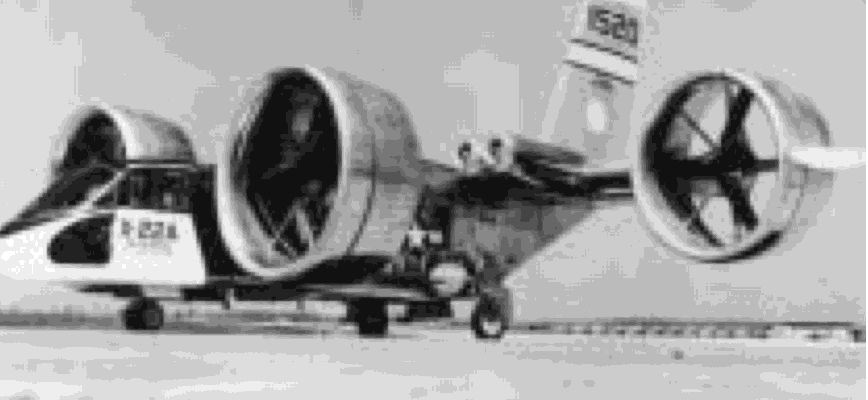
1965-Contin ued
during which they made rendezvous with
Gemini 7
and kept station with it for three and one-half orbits.
18 December
Helicopters of HS-ll recovered
Lieutenant Colonel Frank Borman, USAF, and
Commander James A. Lovell, in the western Atlantic
about 250 miles north of Grand Turk Island and deliv-
ered them to
Wasp.
During their 14-day flight in
Gemini
7, the astronauts carried out many experi-
ments in space, including station keeping with
Gemini
6A,
and established a new duration record for manned
space flight.
20 December
The
Secretary of the Navy established
a Director of Naval Laboratories on the staff of the
Assistant Secretary for Research and Development and
directed that he also serve as Director of Laboratory
Programs in the Office of Naval Material.
Subsequently, administrative responsibility for labora-
tories was transferred to this dual office while test and
evaluation facilities, such as Naval Air Test Center,
Naval Missile Center, and Naval Air Engineering Center
were placed under the command of the Naval Air
Systems Command.
1966
20 January
A contract for production of the Walleye
television homing glide bomb was issued to the Martin
Marietta Corporation.
26 February
The
first unmanned spacecraft of the
Apollo series, fired into suborbital flight by a Saturn
IB rocket from Cape Kennedy, Fla., was recovered in
the southeast Atlantic 200 miles east of Ascension
Island by a helicopter from
Boxer.
1 March
The Naval Air Transport Wing, Atlantic was
disestablished.
2 March
Constellation
began receiving weather data
from the operational weather satellite Essa 2. Her
equipment was the second experimental shipboard
installation of receivers capable of presenting a picture
of major weather patterns taken from space and its
evaluation was a continuation of that begun on board
Saratoga
with the satellites Tiros 8 and Nimbus in late
1963 and 1964.
16 March
Leonard F Mason
(DD 852) recovered
astronauts Neil A. Armstrong and David R. Scott in
Gemini
8, who after completing the first space dock-
ing with another satellite, experienced control difficul-
UNITED STATES NAVAL AVIATION
1910-1995
259
ties which necessitated an emergency landing in the
Pacific 500 miles east of Okinawa.
17 March
The X-22A VTOL
research aircraft made
its first flight at Buffalo, N.Y.
-
X-22A, for vertical takeoff and landing lll1306
31 March
Flight test of a Helicopter Capsule
Escape System, involving recovery of personnel by
separation of the inhabited section of the fuselage
from the helicopter proper, demonstrated the feasi-
bility of its use during inflight emergencies. The test
was conducted at NAF El Centro, Calif., with an H-
25 helicopter.
4
April
NASA announced selection of 19 men for the
Astronaut Team, among whom were 11 who had qual-
ified as Naval Aviators including John S. Bull, Ronald
E. Evans, Thomas K. Mattingly,
Bruce
McCandless II,
Edgar D. Mitchell and Paul 1. Weitz on active duty in
the Navy and Gerald P. Carr and Jack R. Lousma on
active duty in the Marine Corps. Don 1. Lind (USNR),
and Vance D. Brand and Fred W. Haise, Jr. (former
Marine pilots), were selected as civilians.
5
April
The Secretary of Defense approved a joint
request from the Secretaries of the Navy and Air Force
that Navy air transport units be withdrawn from the
Military Airlift Command.
The
withdrawal was accom-
plished by disestablishing Navy units during the first
half of 1967.
10 April
Two Navy enlisted men, and a Medical
Officer and a civilian electronics technician acting as
observers, began spinning at 4 rpm in the Coriolis
Acceleration Platform of the Naval Aerospace Medical
Institute at NAS Pensacola, Fla. It was the beginning of
a 4-day test to determine the ability of humans to
adapt to a new form of rotation such as may be used
in space stations to produce artificial gravity.
 |
25 |
 |